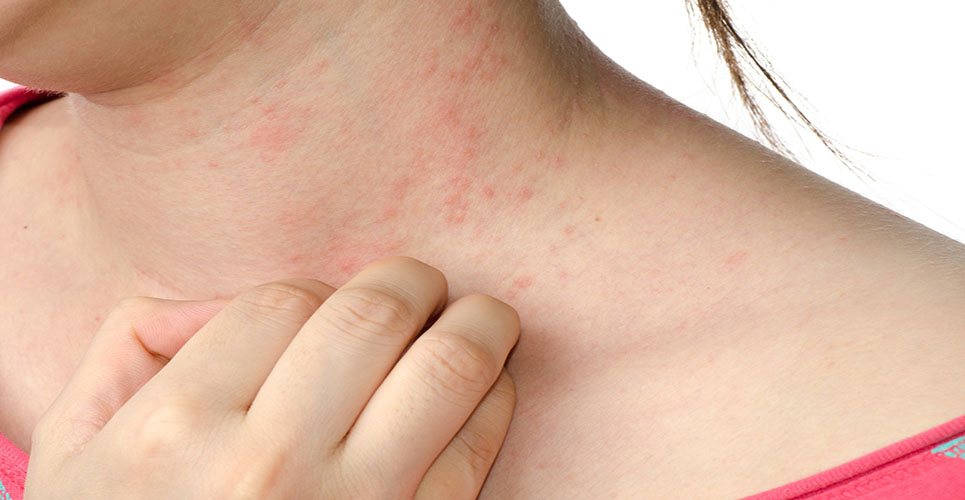teaser
Shire plc, the global specialty biopharmaceutical company, today announced the publication of results from two Phase III studies of Firazyr® (icatibant) in the August issue of the New England Journal of Medicine.
The studies, FAST-1 and FAST-2 (For Angioedema Subcutaneous Treatment), were designed to evaluate the effect of icatibant in adult patients with type 1 or type 2 hereditary angioedema (HAE) presenting with cutaneous and/or abdominal attacks.
FAST-2 demonstrated that icatibant was well tolerated and provided a significant benefit in the median time to onset of clinically significant symptom relief of either abdominal pain, cutaneous pain or cutaneous swelling compared to tranexamic acid.
The findings of the placebo-controlled study, FAST-1, were consistent with respect to tolerability and showed a numerically similar, though non-statistically-significant, benefit for icatibant with respect to the primary endpoint.
Open label treatment of laryngeal attacks with icatibant showed median time to first symptom improvement as reported by the patient was 0.6 hours in FAST-1 and 1.0 hours in FAST-2.
Laryngeal attacks can be life threatening due to the risk of suffocation as the airways become obstructed by swelling.
“People with HAE live with a persistent anxiety which stems from the unpredictability and variability of their disease,” said Professor Marco Cicardi of the Department of Internal Medicine at the University of Milan.
“The publication of this study shows the subcutaneous injection of icatibant to be an effective and well-tolerated treatment for acute attacks of HAE in adults. In addition, patients have the reassurance of being able to carry icatibant with them at all times for any trained healthcare professional to administer subcutaneously in the eventuality of an attack.”
HAE is caused by an absence or dysfunction of C1 esterase inhibitor (C1-INH). Reduced C1-INH activity can lead to elevated plasma levels of bradykinin, the key mediator of HAE symptoms.
“Icatibant brings two exciting ‘firsts’ in the symptomatic treatment of acute HAE attacks. It is the first bradykinin B2 receptor antagonist, blocking the effects of bradykinin, the key mediator of HAE symptoms, and the first subcutaneously injectable treatment for HAE approved in Europe,” said Professor Cicardi. “Icatibant has been a positive addition to our treatment options for HAE within Europe.”
Phase III Studies – Overview and Results
In two double-blind, randomized, multicenter trials, the effect of icatibant was evaluated in patients with Type 1 or Type 2 HAE presenting with cutaneous and/or abdominal attacks.
In the FAST-2 study, 74 patients received either 30 mg subcutaneous icatibant or oral tranexamic acid 3 g daily for 2 days. In the FAST-1 study, 56 patients received either 30 mg icatibant or placebo. The primary end point for both studies was median time to onset of clinically significant symptom relief. A further eight patients in FAST-1 and three in FAST-2 with laryngeal symptoms were treated with open-label 30 mg subcutaneous icatibant.1
FAST -2
FAST-2 demonstrated that the primary endpoint, the median time to onset of clinically significant symptom relief was significantly shorter for icatibant versus tranexamic acid (2.0 hours vs. 12.0 hours (P<0.001).
Median time to first symptom improvement from abdominal pain, cutaneous pain or cutaneous swelling was significantly shorter for icatibant than for tranexamic acid according to both the patient (0.8 hours vs. 7.9 hours, P<0.001) and the investigator (1.5 vs. 6.9 hours, P<0.001).
Icatibant also showed a significant difference in median time to almost complete symptom relief versus the tranexemic acid (10.0 hours for icatibant vs 51.0 hours for tranexamic acid (P<0.001).
FAST -1
The primary end point of median time to onset of clinically significant symptom relief was 2.5 hours for patients given icatibant and 4.6 hours for patients given placebo, a difference that was not statistically significant (P=0.14).
However, median time to first symptom improvement from abdominal pain, cutaneous pain or cutaneous swelling was significantly shorter for icatibant than placebo according to both the patient (0.8 hours vs. 16.9 hours, P<0.001) and investigator (1.0 versus 5.7 hours, P<0.001).
The lack of significance for the primary endpoint in the FAST-1 trial may be attributed to the stringent definition of that endpoint in particular the inclusion of patients who received rescue medication in the analysis and the specification that only one symptom (index symptom) be assessed in defining symptom relief.
FAST-1 & FAST-2: Effective treatment of laryngeal attacks
The administration of icatibant in patients with laryngeal attacks resulted in a patient reported median time to symptom improvement of 0.6 and 1.0 hours in FAST-1 and FAST-2 respectively.
No drug-related serious adverse events were reported.1 Although almost all icatibant treated patients experienced injection site reactions such as redness of skin, itching and in some cases burning and pain,1 these were generally mild to moderate in severity, short-lived and resolved spontaneously.
Shire

